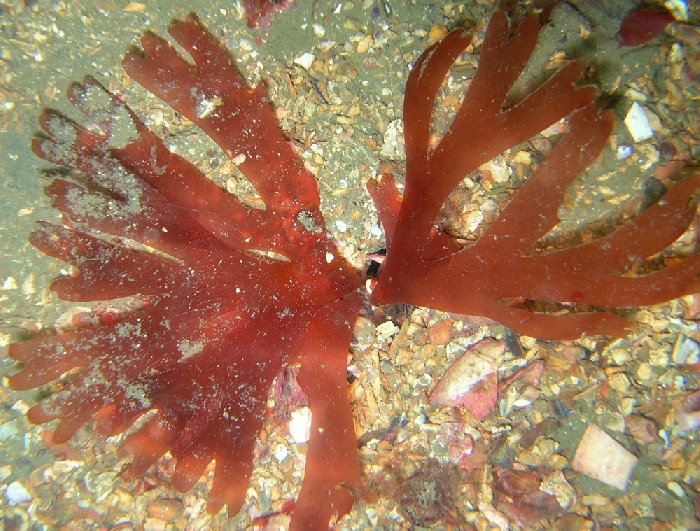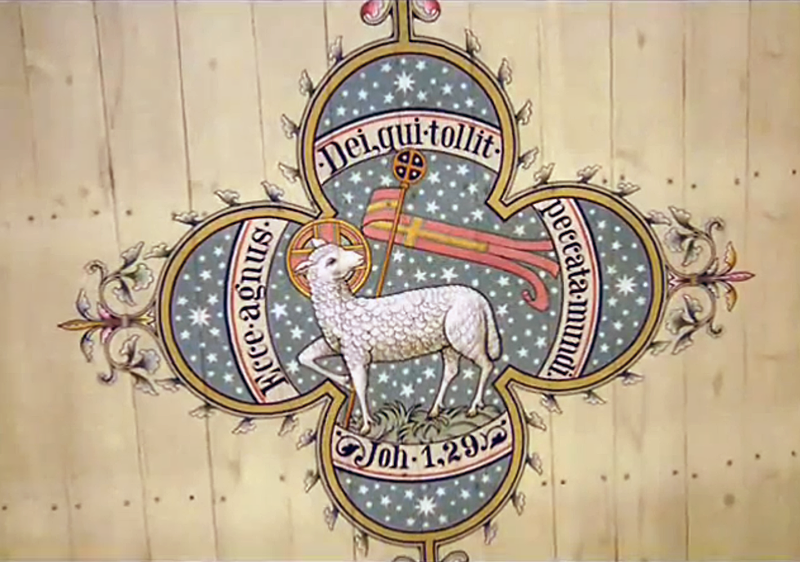To be honest, I don’t give a crap about the 2013–14 Clemson Tigers men’s basketball team.
* * *
For a week now, I’ve been writing a blog entry each weekday about a random Wikipedia article. I’m not sure why. Something about it struck me as an interesting idea, so I went with it.
But when the Random Wikipedia Wheel of Fortune brought me to the 2013–14 Clemson Tigers men’s basketball team, I almost quit the idea. It annoyed the hell out of me. I mean, look at this, here’s the entire Wikipedia entry:
The 2013–14 Clemson Tigers men’s basketball team will represent the Clemson University during the 2013–14 NCAA Division I men’s basketball season.
It’s basically a tautology. It’s nonsense. It’s vaporware. It’s nothing.
Pffffft. The 2013–14 Clemson Tigers men’s basketball team doesn’t even exist yet. I didn’t go to Clemson University. Why the heck should I care about it? I don’t think I personally know anybody who went to Clemson. Heck, I barely know anyone who went to any of the schools in Clemson’s athletic conference, the ACC. Why should I bother writing about it?
* * *
The past few weeks, I’ve been taking an online course in Behavioral Economics. One of the issues they talk about is how much we overvalue the present and undervalue the future. We also overvalue things that are near to us, and undervalue things that are far away from us. For example:
Would you give $100 if it would pay for an operation that would, guaranteed to work or your money back, save the life of a 5-year-old child today? Probably, you would.
Would you give $100 if it would pay for an operation that would, guaranteed to work or your money back, save the lives of a hundred 5-year-old children in Belgium in 2043, kids who won’t even be born for another 25 years? Hmm…it’s a tougher question, isn’t it?
Why is it so hard to feel sympathy for people and events far away and in the future?
* * *
Taking that knowledge, I plowed ahead and did some googling about next year’s Clemson basketball team. I found an article on RealGM Basketball which uses some statistical analysis of college basketball players to predict that Clemson will go 6-12 in the ACC during 2013-14. Dan Hanner explains:
Given that they lose their two best players and have zero players who were elite high school recruits on their roster, I think a lot of preseason predictions will have them even lower than this. There really isn’t anyone on the roster who looks like a likely offensive star. (The only good news is that Clemson was young last year and the sophomore leap should help at least a couple of their freshmen become solid players.) But let’s face it, this is going to be an ugly team to watch. The only reason the model doesn’t have Clemson lower is because of Brad Brownell’s ability to teach defense.
Maybe that’s accurate. Or not. A year from now, we’ll know for sure.
But I’m from California, not Carolina. I follow the Pac-12, not the ACC. So again, I really don’t care. Because I am human. I concern myself mostly with the here and now. I am, as my behavioral economic class suggests, biased against the people and things that are separated from me by large gaps of space and time.
* * *
In my last Random Wikipedia entry about Błudowo, Poland, I examined a picture of a bible passage about the Lamb of God. I didn’t examine a matching companion text on the ceiling of that same church, partly because the image is interrupted by an ugly ceiling lamp, but partly because it seems to contradict the first image. The text is a quote from Revelations 1:8:

In English, the Błudowo text quotes God saying, “I am the Alpha and the Omega, the Beginning and the End.” The next part of that passage goes: “I am the one who is, who always was, and who is coming. I am the Almighty.”
It’s an interesting pairing. In the first image, God is presented as being meek and humble. Here in the second, God is powerful and eternal. What does it mean to put these passages together?
* * *
Will Leitch had a good article recently about what Christians mean when they thank God after a sporting event. Money quote:
When you live a Christian life, everything you do, from showing up to church on Sunday, to going to the grocery store, to pumping gas, to hitting a home run, to striking out, is done for the glory of Christ. Hamilton isn’t thanking Jesus for helping him hit a homer; he is thanking Jesus for everything.
I think that’s right, but incomplete. Living a Christian life doesn’t just mean understanding or believing Christianity, it means practicing it. And I don’t mean practicing as in “doing”, I mean practicing as in “training.”
We are naturally biased towards the here and near and now. We naturally discount the distant, both in time and space. You can’t just overcome that built-in bias with rational understanding. That bias is our default mode. You have to overcome that bias by actively training yourself to overcome it, otherwise you slip right back into your default mode.
In default mode, you think that three-point shot you just made to win the game is the most important thing in the world. You’re so awesome!
Expressing gratitude toward God, as a practice, removes you from that default mode. It strips away your bias, in two ways:
- It affirms that second passage in the Błudowo church. It’s an acknowledgement that there is some thing more awesome than you, and some time more important than now. It is, as Leitch suggests, gratitude towards everything that was, is, and shall be.
- It reminds us that our natural biases, a/k/a our sins, are not washed away by conquering the here and now like a tiger. On the contrary, our selfish, competitive biases toward satisfying the desires of ourselves and those nearest to us at the expense of others, is actually a cause of suffering in the world. The practice of thanking God is an act of humility and generosity, of caring about something beyond the immediate. Thanking God makes you more lamb-like than tiger-like.
* * *
Funny though, how in a large Christian nation like America, there aren’t any major sports teams nicknamed “the Lambs”.
* * *
So here I am, a sinner who doesn’t give a crap about the the 2013–14 Clemson Tigers men’s basketball team. If I were more God-like, more Christ-like, I would. I would overcome the bias that makes me care more about my local team and my local league and the current and most recent year than about some team far away and in the future. I’d be more generous, more caring, about everything.
* * *
And this is why I think I am writing these random Wikipedia articles. Like thanking God, it is a kind of practice, designed to train me away from my biases. Away from my compulsive desire to compete, to be great, to win in the here and now. A random Wikipedia article can send me anywhere–past, present, future–and it forces me to contemplate on it, to be generous towards it. Contemplation leads to empathy and compassion, and the world becomes a better place for it. And perhaps I become a better human being, too.
* * *
So Godspeed, 2013–14 Clemson Tigers men’s basketball team.











